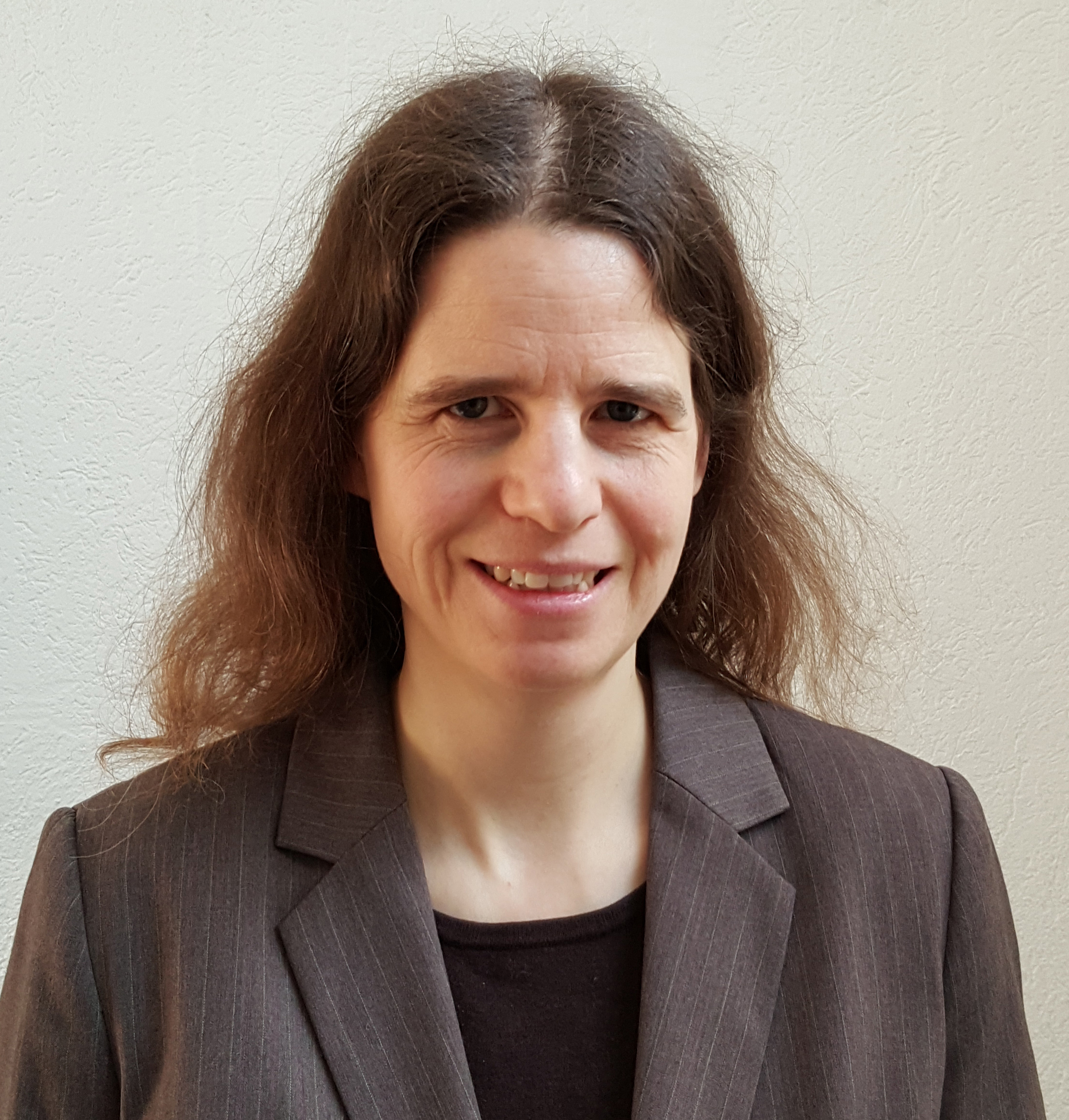Day 2 :
Keynote Forum
Margret More
Biocodex SA, France
Keynote: Benefi cial probiotic yeast S. boulardii - Towards a mechanistic understanding
Time : 15:20-15:50

Biography:
Abstract:
Keynote Forum
Sylvie Chevalier
University of Rouen, France
Keynote: Cell wall stress response in Pseudomonas aeruginosa: Involvement of the ECF sigma factor SigX

Biography:
Abstract:
Keynote Forum
Youngnim Choi
Seoul National University School of Dentistry, Korea
Keynote: Imbalances in the oral mucosal microbiota associated with oral mucosal diseases

Biography:
Abstract:
Keynote Forum
Youngnim Choi
Seoul National University School of Dentistry, Korea
Keynote: Imbalances in the oral mucosal microbiota associated with oral mucosal diseases

Biography:
Abstract:
Keynote Forum
Chris D. Geddes
Director of the Institute of Fluorescence, USA
Keynote: Lyse-It - A rapid 30 second transformational lysing and DNA fragmentation technology

Biography:
Abstract:
- Medical & Pharmaceutical Microbiology | Clinical Microbiology & Microbial infections | Industrial Applications of Microbes | Field of Probiotics |Microbes in Human welfare | Soil Microbiology & Agricultural Microbiology
Chair
Chris D Geddes
Director of the Institute of Fluorescence
Co-Chair
Johann Orlygsson
University of Akureyri
Session Introduction
Robert Hettich
Oak Ridge National Laboratory, USA
Title: Characterizing temporal and inter-individual functional differences in pre-term human infant gut microbiome development by a metaproteomics approach

Biography:
Abstract:
John Thomas
International Educator and Global Microbiologist
Title: Computer generated decision suport for probotic guideline addressing artifi cial intellegnece: An educational strategy/resource

Biography:
Abstract:
Lucas Wijnands
National Institute for Public Health and the Environment,Netherlands
Title: Prevalence, concentration and the related microbiological risk of bacterial pathogens in raw produce and minimally processed packaged salads produced in and for the Netherlands

Biography:
Abstract:
A R M Solaiman
Bangabandhu Sheikh Mujibur Rahman Agricultural University, Bangladesh
Title: Infl uence of diazotrophic bacteria on growth and biomass production of sugarcane in vitro
Biography:
Abstract:
Maria Hoffmann
Center for Food Safety and Applied Nutrition, USA
Title: Applied genomics approaches for understanding pathogenic and benefi cial microbes from farm to fork
Biography:
Abstract:
Andrea Ottesen
Center for Food Safety and Applied Nutrition, USA
Title: Benefi cial phytobiota in agricultural microbiomes
Biography:
Abstract:
Biography:
Abstract:
Rebecca Bell
Center for Food Safety and Applied Nutrition
Title: Salmonella, Tomatoes and the delmarva peninsula
Biography:
Abstract:
Jie Zheng
Food and Drug Administration, USA
Title: Discovery of Naturally-occurring broad-spectrum cyclic antibiotics from Paenibacillus alvei
Biography:
Abstract:
Yi Chen
Center for Food Safety and Applied Nutrition, USA
Title: Whole genome and core genome analyses of Listeria monocytogenes associated with recent outbreaks
Biography:
Abstract:
- Industrial Microbiology & Food Microbiology| Environmental Microbes | Microbial Antibiotics|Pathogenic Microbes | Microbes in Aqua
Chair
Chris D Geddes
Director of the Institute of Fluorescence, USA
Session Introduction
John Thomas
International Educator and Global Microbiologist, USA
Title: Chronic wound intervention with contour-fi tting probiotic gauze: Re-establishing the benefi cal microbial library within

Biography:
Abstract:
Anna Kowalczyk
Jagiellonian University, Poland
Title: High density polyethylene and polylactide biodegradation by microorganisms – preliminary studies

Biography:
Abstract:
Philip Hardwidge
Kansas State University, USA
Title: Bacterial glycosyltransferases that inhibit innate immunity
Biography:
Abstract:
Majid Avijgan
Isfahan University o Medical Sciences, Iran
Title: Synergistic activity between echinophora platyloba DC ethanolic extract and azole drugs againstclinical isolates of candida albicans from women suffering chronic recurrent vaginitis
Biography:
Abstract:
Awatif Al-Judaibi
L'OREAL Research & Innovation, France
Title: Biochemical and molecular activities of Candida albicans treated with medicinal plants
Biography:
Abstract:

Biography:
Abstract:
I K Mpanga
Universität Hohenheim, Germany
Title: Benefi ts of ammonium fertilization for plant-PGPM interactions
Biography:
Abstract:
Bharat Kwatra
St. Mark’s School, India
Title: Expeditious modus operandi to procure commingled single cell protein and its uses in intractable diseases
Biography:
Abstract:
Christy Echakachi Manyi-Loh
University of Fort Hare, South Africa
Title: Animal farming in south africa: Antibiotics use and antibiotic resistance
Biography:
Abstract:
Wang Bowen
Northeast Forestry University School of Forest, China
Title: Low temperature extends lifespan of pine wood nematode (Bursaphelenchus xylophilus) through cGMP pathway
Biography:
Abstract:
Lucy Iteba
University of Nairobi, School of Biological Sciences, Kenya
